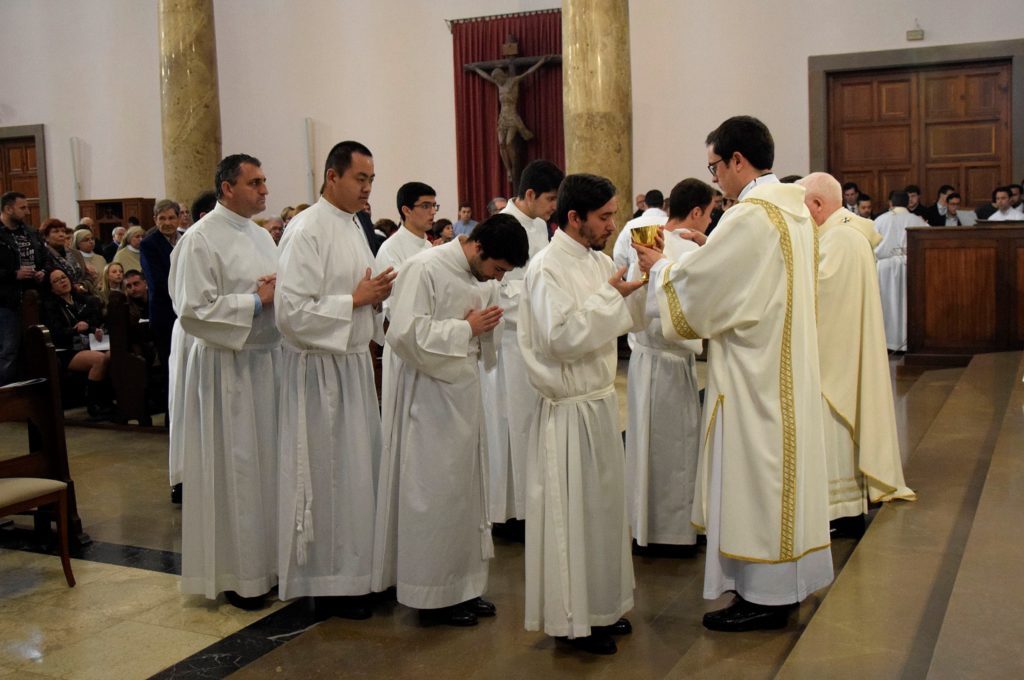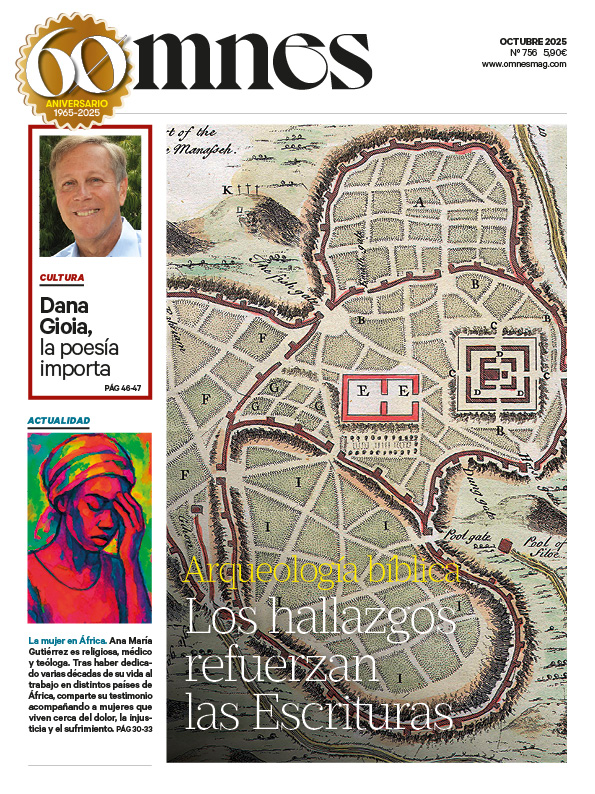On December 6, 2016, the Congregation for the Clergy made public the new edition of the Ratio Fundamentalis-the document on which the formation plans of major seminaries around the world are based. It replaced the previous one of 1985, which in turn was an update of the one promulgated in 1970. Our current formation plan for the Seminaries of Spain is inspired precisely by that document, and dates from 1996. Many years have passed, and changes have occurred at a dizzying pace, the world we are called to serve is no longer what it was then.
The changes have occurred not only in the media, where perhaps they have been more evident, but also in the way we relate to one another. It is striking to note the perception that society today has of the figure of the priest, which is very different from what it had just a few years ago. The historical context is diverse, and so is the society and culture in which priests are immersed. Each one of them asks himself how to better serve men and the society in which he lives, the Church also asks herself in this historical moment, on how to better form the priests of today and tomorrow, so that they can be better servants.
The Episcopal Commission for Seminaries, with the help of experts and the Advisory Council of Rectors, has been working for some time on a new Formation Plan for Major Seminaries. We are reaching the final stretch, we hope that soon the rectors and formators of our Seminaries will have this valuable tool at their disposal in the task of forming future generations of priests. This document describes the formative process that they must go through, from the seminary years - initial formation - to those after ordination - permanent formation. They are two moments of a single "discipleship and missionary" journey, which crosses their entire existence, from baptism and other sacraments of Christian initiation, passing through the moment of their entry into the Seminary, and reaching the end of their lives.
The current panorama of vocations in Spain, in a time and circumstances that are not at all easy, shows us that in the Spanish Seminaries around nine hundred minor seminarians and more than one thousand two hundred major seminarians are being formed, which, although these numbers are similar to those of recent years, continue to speak to us of the urgency that we have to pray and work for vocations.
The theme of this year's Seminar day is The Seminary, everyone's missionreminds us that we have to make this diocesan institution our own. Our Seminaries, small or large, hold a future that is forged in each of these institutions today. It is the responsibility of all of us to maintain and encourage them so that every day more and more good pastors are formed there. From my time as a seminarian until today - I have been a priest for 24 years - beyond the changes that have taken place, and of which I have spoken above, I recognize in these young men the hunger for God and the desire to give their lives for their brothers, they are involved in the joys and frustrations of their contemporaries. Their witness is, so to speak, a flame that does not go out, a fire that lights other fires, a witness that leaves no one indifferent, seeing them fills me with hope.
Why is it necessary to celebrate Seminary Day? First, to make the Christian community aware that the Seminary is everyone's mission, our responsibility. Secondly, it is necessary to remember that we have to create in our families and parishes a favorable environment in which the call of the seminary can be heard and grow. God. And thirdly, because we have to be grateful for the lives of so many priests who have been important to us, who have made God's love and mercy present to us, and without whom we would not be who we are.
Director of the Secretariat of the Commission of Seminaries and Universities, EEC







